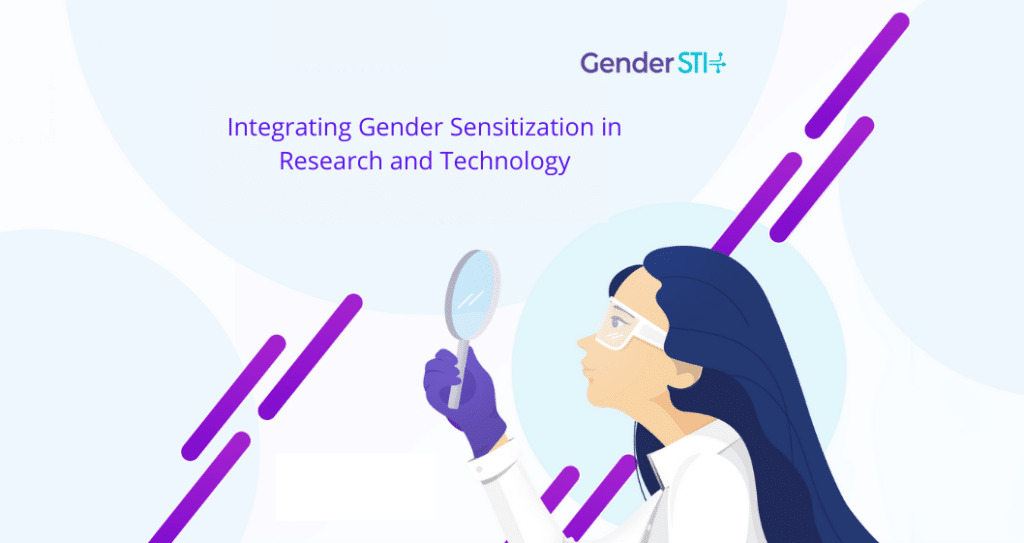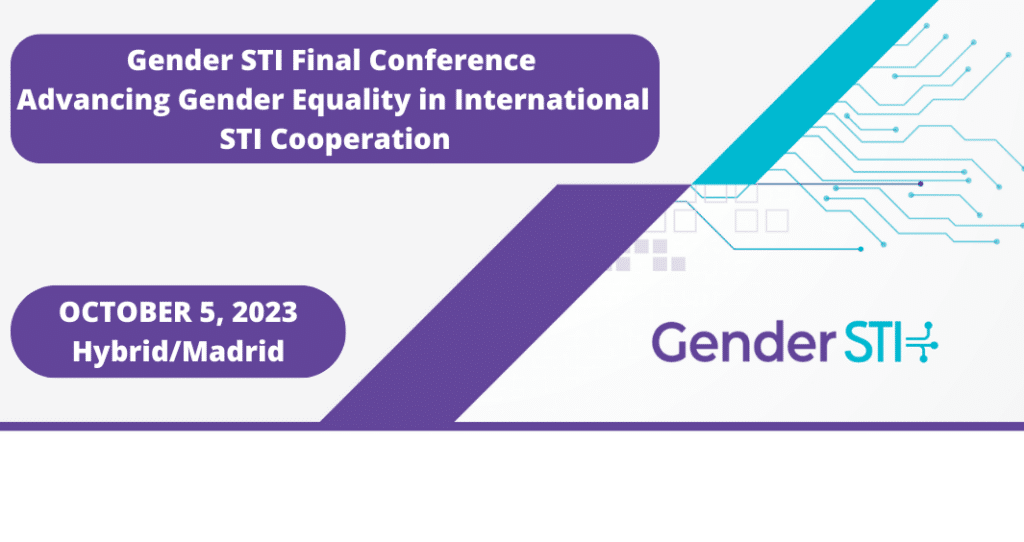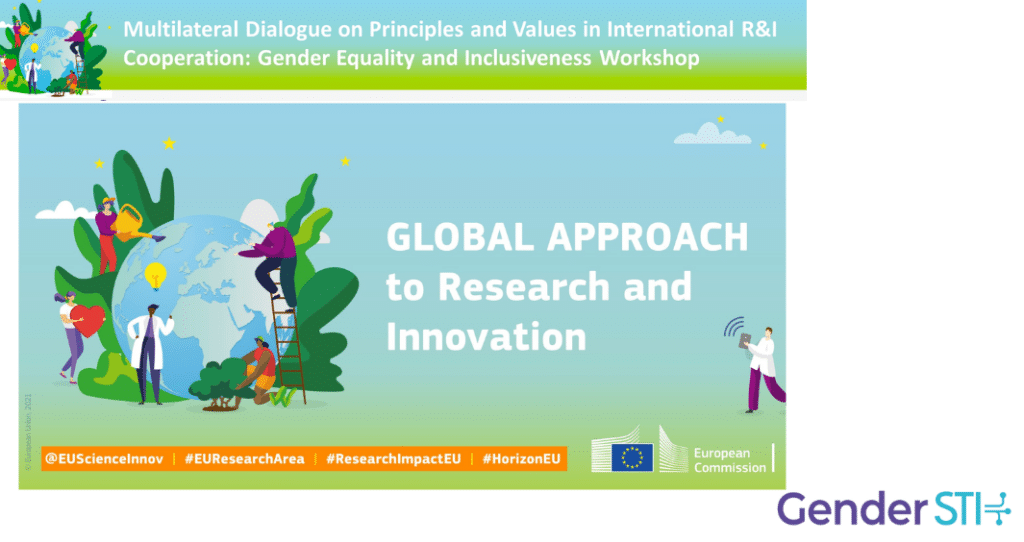Acknowledging the inherent biases present in science and technology is the crucial initial step toward fostering gender sensitivity and inclusive thinking in the research and innovation process. Building inclusive innovation is a multifaceted endeavor that necessitates a fundamental grasp of terms and methodologies previously exclusive to social sciences and gender studies. These tools provide us with the means to critically analyze the research design process and effectively implement technologies in real-world settings. In today's world, innovations are expected to demonstrate societal responsiveness and address complex systemic issues such as poverty, climate change, and universal access to education. Given the intricate nature of societal challenges, diverse solutions designed with a deep understanding of society and its dynamics are crucial.
The Significance of Inclusive Work Environments
To foster societally responsive and sustainable innovations, it is imperative to cultivate respectful and inclusive work environments. Research teams should not only embrace quantitative diversity but also ensure fair treatment and equal value for every individual within the team and institution. Thus, the pathway to creating societally responsive innovations entails three dimensions: diverse research teams, an inclusive work culture, and the integration of inclusiveness into research and innovation content.
Advantages of an Inclusive Approach
Promoting an inclusive approach to research and innovation yields numerous benefits. Firstly, it enhances the value of research by making it more relevant to society and generating ethically sound outcomes. It empowers research personnel to critically analyze social inequality, gender norms, and stereotypes, enabling them to recognize their own positions within these frameworks. Additionally, an inclusive approach facilitates a deeper understanding of the needs and behaviors of diverse individuals, thereby boosting the societal relevance of research and innovation and uncovering new business opportunities. Lastly, it supports the development of products and services with higher acceptance rates among diverse consumer groups.
Challenges and Solutions
Creating diverse research teams faces challenges, predominantly stemming from the underrepresentation of female researchers and those from marginalized groups. Women are particularly underrepresented in ICT jobs, management positions, and academic careers, with immigrant women experiencing an even wider gender gap. People of color, especially indigenous women and women of color, also face significant underrepresentation in higher academic ranks. Discrimination, sexist working cultures, and insufficient support systems further hinder women's success in STI (Science, Technology and Innovation) fields. The assessment of qualifications often involves double standards, with women burdened with additional invisible labor that goes unrecognized in tenure and promotion decisions.
The Impact of Biases in Research and Innovation
The lack of diversity in research teams can have detrimental consequences for innovation. For instance, products and technologies are often designed without considering anatomical and physiological differences, leading to biased outcomes. Wearable technologies and facial recognition systems have demonstrated poor performance for certain groups, including individuals with obesity, dark skin, and women of color. This underscores the critical need for diverse perspectives to eliminate harmful biases in data and design.
Improving inclusiveness in R&I
Achieving gender sensitivity and inclusive thinking in research and innovation requires an ongoing commitment to learning, challenging, and acting. It is not a one-time fix but a continuous process that demands adequate resources and dedicated efforts, for instance a dedicated task force for inclusiveness inside an organization, trainings, workshops and/or discussion groups. By promoting an inclusive approach, research and technology organizations can enhance the integration of the gender dimension into research content and processes, leading to more innovative and socially responsible outcomes. Building diverse and non-discriminatory research teams, fostering inclusive work cultures, and incorporating inclusiveness into research and innovation content are essential practices. Only through these endeavors can we harness the true potential of science and technology to create positive societal change.
Author: Giovanna Sanchez Nieminen (Research Scientist at VTT)



